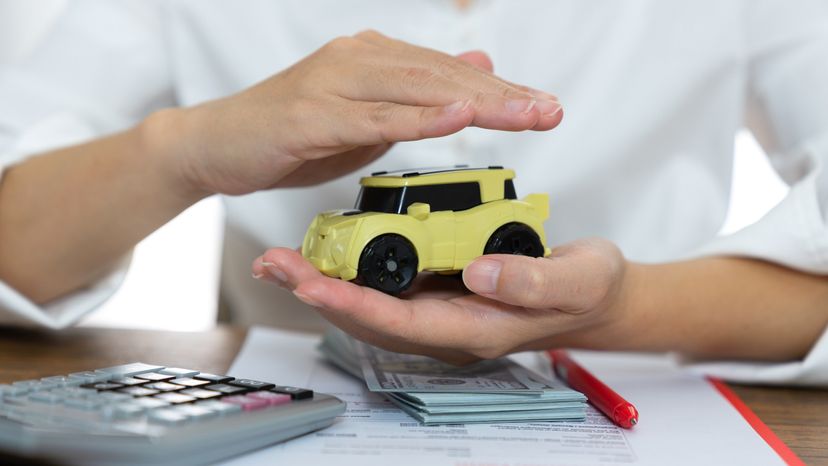While it is dangerous to be underinsured, having too much insurance can be an expensive mistake as well. Without insurance, your property is put at risk in an accident that is your fault. The minimum amount of insurance required in your state is seldom enough.
State law may require as little liability coverage as $15,000 per person, $30,000 per accident, and $5000 property damage. About half of the states require $25,000 per person and $50,000 per accident. Half of them require $10,000 in property damage coverage. If you can afford it, buy more than the minimum. After all, $10,000 for property damage may not be enough if you hit a $100,000 Mercedes-Benz.
The more assets and income you have, the more insurance you need. Most insurers recommend liability coverage of at least $100,000 per person, $300,000 per accident, and $50,000 property damage if you have assets to protect, such as a house. Some insurers also recommend a $1 million "personal liability umbrella" policy issued in conjunction with homeowner's coverage. State Farm reports that such coverage averages $270 a year, but the amount varies significantly depending on location and other factors. An "umbrella" policy could protect a family from financial ruin in a major lawsuit.
Like buying a car, there is no single best solution when it comes to buying insurance. Rates vary widely. Surveys suggest that you could pay anywhere from $500 to $2000 annually for the same coverage from different companies. Shop for insurance by consulting two or three of the largest insurers, such as State Farm and Allstate. Then, contact one or two independent agents who can quote premiums from more than one company. In addition, there are direct-marketing companies, such as GEICO and Progressive, which do business over the phone rather than through agents and offer some of the lowest rates. Ask for an itemized list of coverages and costs.
"We're price-competitive," said spokesperson Dick Luedke of State Farm, whose rates dropped somewhat during 2004. But with so many factors involved in setting rates, it's wise to check several prospects.
In 2004, the average price of auto insurance nationwide was $871, according to the Insurance Information Institute. They expected that the cost of auto insurance would rise by 3.5 percent in 2004, which would be the smallest increase in four years.
Don't forget the Internet. Many companies now offer online quotes, and insurance shopping on the Web allows you to compare rates from multiple providers in the comfort of your own home.
